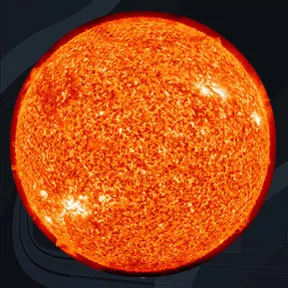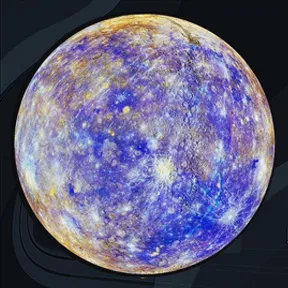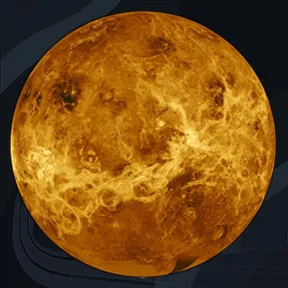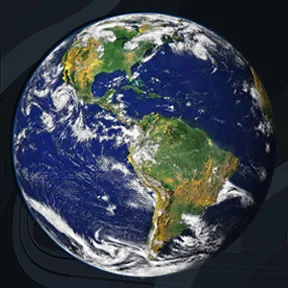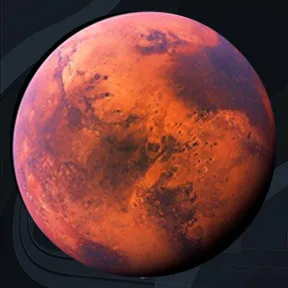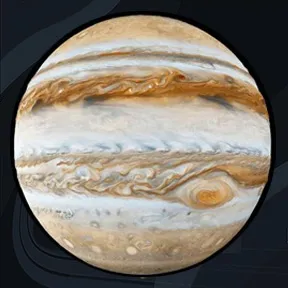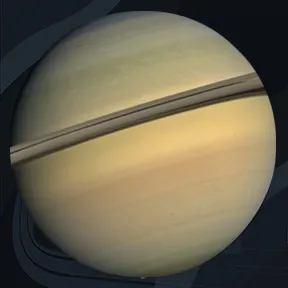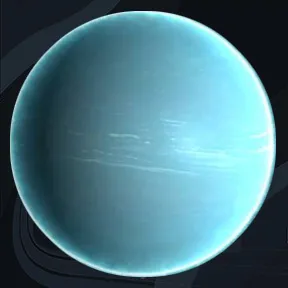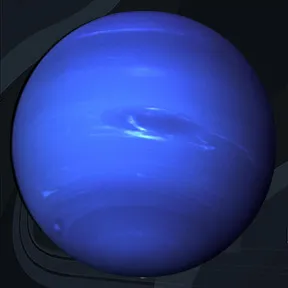Venus | The Hottest Planet in our Solar System
Venus is undoubtedly one of the weirdest planets in the solar system. Venus, the second planet from the sun and Earth's nearest planetary neighbor is an oddity in many ways. The hot, hellish planet spins backward and might even host life in its impenetrable clouds.
Venus is the sixth largest planet in the solar system and is sometimes referred to as 'Earth's twin' as the pair are similar in size and density. But don't be fooled, they are far from identical and are radically different in almost every other aspect.
Lee Cavendish holds a degree in Observational Astronomy from the University of South Wales, United Kingdom, where his research interests focused on studying the main types of eclipsing binary star systems: Algol, Beta Lyrae and W Ursae Majoris. Studies of Venus can be traced back to the ancient Babylonians in 1600 BCE. They tracked the movement of several planets and stars.
The oldest astronomical document on record is a Babylonian diary of Venus's appearances over 21 years. Venus played a serious part in the mythology of ancient civilizations, including the Mayans and Greeks.
The name 'Venus' comes from the Roman goddess of love and beauty. Walking around Venus would be an unbearable experience for several reasons, but one of them is the extreme pressures on the surface. The atmosphere creates air pressure that is over 90 times the air pressure on Earth, which is similar to the pressure around 0.6 miles (one kilometer) deep in the ocean.
When looking purely at the physical parameters of Venus, it is remarkably similar to Earth. They are both almost the same in size and density, their compositions are similar and they both appear to have relatively young surfaces that are surrounded by an atmosphere with clouds. It's worth stating that Venus' clouds are primarily sulphuric acid though, which isn't something that you'd want raining down on you!Venus experiences different phases, just like the moon.
As Venus travels around the sun within the orbit of Earth, it changes between a 'morning star' and an 'evening star' roughly every nine-and-a-half months. During this period it shifts between different percentages of illumination, a trait that everyone normally associates with the moon. Venus is one of two planets that orbit the sun within the orbital path of Earth.
Along with Mercury, these two planets can find themselves between Earth and the sun, sometimes creating a silhouette that moves across the sun over hours. These journeys are known as 'transits', and Venus is known to transit in pairs, with over a century separating the pairs, making it a very rare event. Venus is the hottest planet in the solar system, even hotter than the dayside of Mercury, which has temperatures of 801 degrees Fahrenheit (427 degrees Celsius).
Because of Venus' thick, carbon dioxide-rich atmosphere, the heat is efficiently retained, creating surface temperatures higher than 880 degrees F (470 degrees C). To add to the hellish image of Venus, it also has the most volcanoes present on the surface of all planets in the solar system. On Earth, there are 1,500 known active volcanoes, and Mars is best known for the largest volcano in the solar system, Olympus Mons.
However, Venus has over 1,600 known major volcanoes, and that's not including the smaller ones or any that haven't been detected yet. Contrary to what the previous facts have strongly suggested, researchers have proposed that life could be found on Venus — just not on the surface. A study by Sanjay Limaye of the University of Wisconsin-Madison's Space Science and Engineering Center suggested that microbial life could be present in the cloud tops.
Microbial life on Earth has been found at altitudes of 25 miles (41 km), and these researchers have said that conditions on Venus that would be favorable for life could exist in the clouds at altitudes of 30 to 32 miles (48 to 51 km). Here, temperatures would be roughly 140 degrees F (60 degrees C) and pressures would be similar to Earth at sea level.

